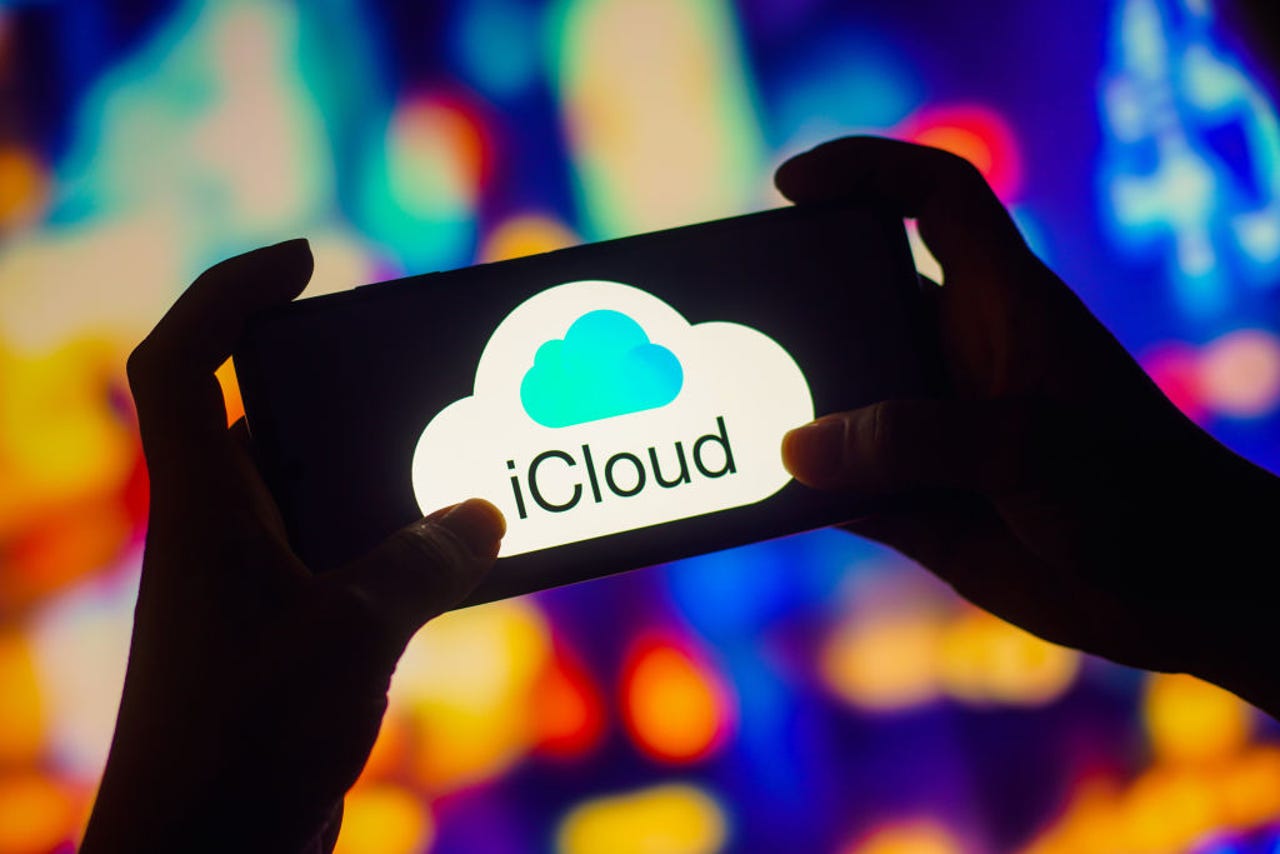'ZDNET Recommends': What exactly does it mean?
ZDNET's recommendations are based on many hours of testing, research, and comparison shopping. We gather data from the best available sources, including vendor and retailer listings as well as other relevant and independent reviews sites. And we pore over customer reviews to find out what matters to real people who already own and use the products and services we’re assessing.
When you click through from our site to a retailer and buy a product or service, we may earn affiliate commissions. This helps support our work, but does not affect what we cover or how, and it does not affect the price you pay. Neither ZDNET nor the author are compensated for these independent reviews. Indeed, we follow strict guidelines that ensure our editorial content is never influenced by advertisers.
ZDNET's editorial team writes on behalf of you, our reader. Our goal is to deliver the most accurate information and the most knowledgeable advice possible in order to help you make smarter buying decisions on tech gear and a wide array of products and services. Our editors thoroughly review and fact-check every article to ensure that our content meets the highest standards. If we have made an error or published misleading information, we will correct or clarify the article. If you see inaccuracies in our content, please report the mistake via this form.
How to access and sync iCloud notes on Linux


I jump between Linux and MacOS throughout the day. I'm also a big fan of keeping notes, a task I've relegated to Google Keep for a long time. The problem with Google Keep, however, is that its features are limited. So, when I want to keep more extensive notes with better formatting and other handy features, I turn to the MacOS Notes app
When an app that allows the managing of iCloud Notes on Linux appeared in the Snap store, I snapped it up and started using it.
Also: Why I use multiple operating systems to get my work done
The app in question is called, simply, iCloud Notes and it includes features like:
- Notes
- Folders
- Checklist
- Tables
- Styles
This handy app isn't only limited to the Apple Notes app, as you'll also have access to other iCloud apps, such as:
- Calendar
- Reminders
- Pages Documents
- Numbers Spreadsheets
- Keynote Presentations
Effectively, when you install iCloud Notes, you can also the other tools (which are actually quite nice). But, for our purposes, we'll limit the discussion to iCloud Notes. As far as note-taking apps for Linux, this one is hard to beat.
For those who are open-source purists, do note that this app is under the MIT license and you can view/access the source on the developer's GitHub page.
So, without further ado, let's get this app installed.
Also: The best note-taking apps for iPad: Ditch the pen and paper
How to install iCloud Notes on Linux
What you'll need: You'll need three things for this: a Linux distribution that supports Snap applications, an iCloud account, and a user with sudo privileges. You do not need to do anything from the MacOS side of things (other than authenticate the login process).
That's it. Let's install!
1. Open a terminal window
The first thing to do is open your terminal window app. If your distribution has Snap support built into the GUI app store, you could search the store for iCloud Notes and install from there; otherwise, you'll need to do this from the command line.
2. Install iCloud Notes
To install the latest version of iCloud Notes, issue the following command:
sudo snap install icloud-notes
When the installation finishes, you can close your terminal window.
Also: Thinking about switching to Linux? 9 things you need to know
Logging into iCloud
The next thing you'll need to do is log into your iCloud account.
1. Open iCloud Notes
From your desktop menu, open the iCloud Notes app. You should be presented with a Sign-in button right away. Click that button and then, when prompted, type your iCloud username and password.
The sign-in process for iCloud Notes is very simple.
2. Authenticate your login
Log into your MacOS device, where you should see a prompt asking you to allow the login. Once you've done that, you'll be presented with a 6-digit code. Go back to your Linux machine and type that code into the prompt in iCloud Notes. Once you've done that, you should see all of your notes, ready to use.
Your activation code will appear on your MacOS desktop.
The interface for iCloud Notes should look instantly familiar because it mimics that of the official app. Because of this, you shouldn't have any problem hitting the ground running with this app.
iCloud Notes is one of the better note-taking apps on the market.
So far I've been very pleased with this app. Although it doesn't include all of the features from the official app (such as note locking), it gives me nearly everything I need to manage my notes between Linux and MacOS.
Also: Standard Notes might be the best note-taking app on the market